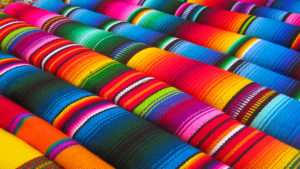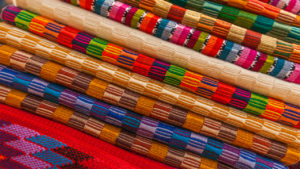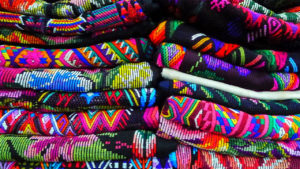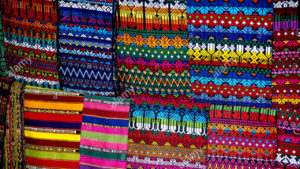Indigenous handicraft production
The classic craftsmanship associated with European feudal societies, corresponded to a sector of specialists in different trades that produced for the rest of society, mainly in cities. With the development of specialized trade and the market, workshops expanded, leaving room for manufacturing, prefiguring a wage relationship and the manufacturing process, which would open new social relations In this line it traces the artisan forms present before the industrial revolution, since all the goods were produced in an artisanal way. It refers to a peculiar way of using the instruments of work to produce an object generally for consumption and at the same time it is a way of relating to other men, which involves forms of production, distribution and exchange. Artisanal work corresponded then to a pre-industrial form in which the production of goods was carried out in a situation that recreated different social relations, according to the type of organization of the work process, the decision about it and its destiny.
In this sense an artisan who dominates the whole process of production of the pieces, the obtaining of raw materials, tools and work space, which decides their time, rhythm and exposure of the product, has another type of relationship with their peers artisans and with their clients that in the case of a factory worker Artisanal production is related to a socio-cultural, economic, political context and is born from a daily reality and work. This explains why the expression of different groups, whether of indigenous, rural or urban peoples, corresponds to their creation as participants in a culture, as well as to a vehicle of dialogue between their community and their consuming public. This places the craft object in a distant environment from the context of the great artistic tradition, it is a genre that starts from different foundations, is carried out through another process of production, reception and distribution, another aesthetic and uses. The productive process consists of a combination of aspects, such as: the object, the human activity that involves the production and the product, a concept that allows us to disaggregate different elements of the phenomenon, while at the same time delimiting the productive conditions of the artisans. We consider craftsmanship in terms of production, where there is little investment of capital, a simple technology, in which artisans and craftsmen make their products in a mainly manual way, dominating the entire production process and being owners of the means of production. production
 Previous Post
Previous Post Next Post
Next Post


